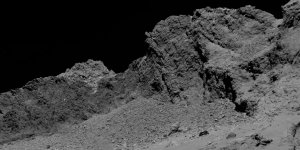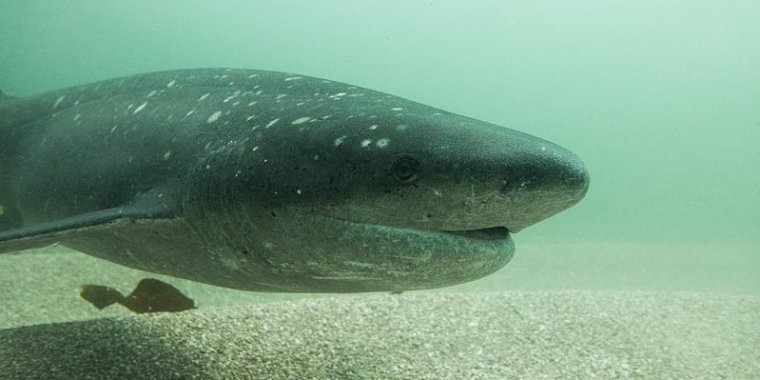| News / Science News |
Study indicates as great white shark disappears, living fossil moves in
Scientists from the University of Miami and Apex Shark Expeditions published a study, documenting the disappearance of the great white shark (Carcharodon carcharias) from a specific area off the coast of South Africa. The study found that when the whites disappeared, a Jurassic-era predator called the sevengill shark (Notorhynchus cepedianus) moved in.
The study covers more than 8000 hours of shark observations in South Africa's False Bay spread out over the past 18 years. The great white shark population remained relatively stable until 2015, at which point their numbers went into sharp decline, sometimes reaching zero during 2017–2018.
At those times, another predator, the sevengill shark, previously unknown in the study area, began to appear. The sevengill is sometimes called a living fossil because it closely resembles similar sharks from prehistoric times.
Following the disappearance of white sharks in 2017, sevengill began to show up for the first time and have been increasing in number ever since.
The study itself outlines the tight correlation between the absence of white sharks and the presence of sevengills.
The sevengill shark usually lives in areas where the sea floor is thick with kelp, as opposed to the relatively clear-bottomed study area. The sevengill and great white are both ordinarily apex predators and seek some of the same food, such as cape fur seals, but great whites can also prey directly on sevengills.
The great white shark and orca are the only species known to eat adult sevengills. The sevengill has seven gills, whereas most species of shark have only five gills on each side of their bodies.
The scientists behind the present study only note various hypotheses about the cause of the disappearance of great white sharks from this area, though Dr. Alison Kock of the University of Cape Town has reported a correlation with the entry of orcas into False Bay, possibly because human activity has rendered prey hard to find elsewhere. These orcas, she suggests, specialize in hunting sharks.
The researchers noted the sevengill sharks might not have the same effect on the ecosystems involved as the great whites have had, citing the ecological disruption apparently caused off Alaska when a change in orca behavior had a knock-on effect, disrupting sea otters' predation of sea urchins, whose population then exploded, plowing through the area's kelp forests. (Wikinews)
YOU MAY ALSO LIKE





